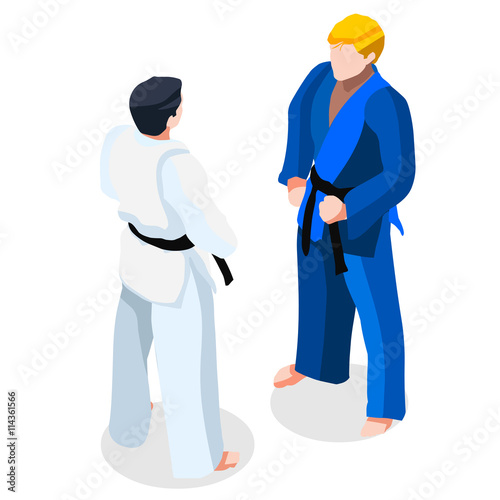The Background And Ideology Of Martial Arts: A Deep Dive
The Background And Ideology Of Martial Arts: A Deep Dive
Blog Article
Developed By-Gentry Henson
Step into the old world where martial arts were born out of necessity in varied regions. https://riverrxulg.webdesign96.com/32360104/essential-attributes-to-look-for-in-a-martial-arts-academy-prior-to-your-registration crafted one-of-a-kind battling designs linked with historical contexts. Strategies evolved over centuries via committed method and cultural exchanges. martial arts for autistic child , modern martial arts mix typical elements for maximum effectiveness. Philosophically, martial arts stress discipline, self-improvement, and harmony. Regard, humbleness, and balance are foundational principles guiding experts towards development and resilience. Explore the depths of this rich history and ideology to reveal the profound influences forming this enduring technique.
Beginnings of Fighting Style
Fighting style came from various areas around the world, evolving as useful battle systems to defend against threats. These ancient combating designs were created out of necessity, with each society crafting techniques suited to their one-of-a-kind settings and challenges. From the grappling arts of Jujutsu in Japan to the striking strategies of Martial art in China, martial arts were deeply linked with the historic, social, and cultural textile of their corresponding societies.
In adriano emperado kajukenbo , the samurai class polished martial arts like Kenjutsu, the art of the sword, which later on advanced into the a lot more promoted kind of Kendo. On the other hand, in Brazil, Capoeira emerged as a mix of dancing and battle, developed by enslaved Africans as a means to withstand oppression. Each martial art lugs with it an abundant history and ideology, showing the values and beliefs of individuals that practiced them.
As you delve into the origins of martial arts, you reveal a tapestry of human resourcefulness, strength, and the stubborn spirit of warriors throughout time.
Advancement of Strategies
With centuries of method and improvement, battle techniques within different martial arts have undergone an extensive advancement. From ancient styles like Kung Fu and Martial arts to much more modern disciplines such as Brazilian Jiu-Jitsu and Krav Maga, the advancement of strategies has been driven by a mix of social influences, practical applications, and technical developments.
Highly recommended Site of this evolution is the cross-pollination of techniques in between different martial arts. For example, methods from typical Japanese Jiu-Jitsu were included into the production of Judo by Jigoro Kano in the late 19th century. This blending of designs has brought about the development of crossbreed martial arts like Mixed Martial Arts (MIXED MARTIAL ARTS), which incorporate aspects of striking, grappling, and submission strategies.
Additionally, the advancement of techniques has actually been formed by the enhancing focus on performance and performance in combat. Practitioners have actually continuously sought to fine-tune their techniques via strenuous training, experimentation, and competition, bring about the development of extremely specialized and effective combating designs. Overall, the evolution of strategies in martial arts mirrors the vibrant nature of fight and the continuous quest for renovation and technology.
Thoughtful Structures
Discovering the underlying philosophical concepts of martial arts gives understanding right into their core values and leading ideas. At the heart of several martial arts self-controls is the idea of discipline itself. By educating your mind and body to act as one cohesive device, you cultivate discipline that expands past the dojo or fitness center right into everyday life. This technique incorporates respect, humbleness, and self-discipline, shaping not simply your physical abilities yet likewise your character.
Another basic thoughtful structure in martial arts is the idea of continuous self-improvement. The journey of understanding a fighting style is continuous, with practitioners constantly aiming to far better themselves, both literally and psychologically. This concentrate on growth cultivates resilience, determination, and a growth frame of mind that can be related to all facets of life.
In addition, martial arts stress the significance of harmony and equilibrium. Methods are made to make use of an opponent's energy against them, highlighting the principle of yielding and rerouting force instead of meeting it head-on. This philosophy includes social partnerships, advertising relaxed resolutions and good understanding. By accepting these thoughtful foundations, martial artists not only boost their combat skills but also grow a way of life centered on personal growth, regard, and consistency.
Conclusion
Finally, the history and ideology of martial arts provide an abundant tapestry of tradition, technique, and self-improvement.
Take for instance the story of Bruce Lee, that transformed martial arts by mixing various designs and approaches to produce his very own one-of-a-kind form of Jeet Kune Do.
Via dedication and technology, martial musicians continue to push borders and influence others to reach their complete possibility both in fight and in life.
